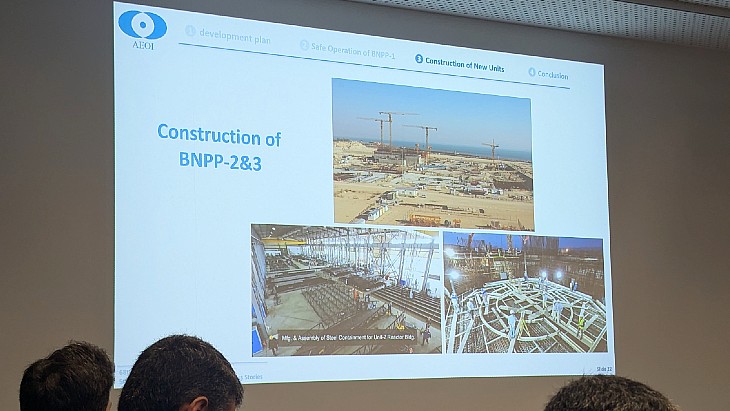Lucas Heights celebrates arrival of cyclotron twins
A new source of medical isotopes is spinning into action with the installation of new twin cyclotrons near Sydney, Australia.
A new source of radiopharmaceuticals is spinning into action with the installation of new twin cyclotrons near Sydney, Australia.
 |
| Installation work for new cyclotron at Lucas Heights (Image: Ansto/PETNET) |
PET is a diagnostic technique that has produced significant advances in the diagnosis of cancer and other major diseases, allowing early-stage detection and precise monitoring of treatment. The technique relies on regular delivery of high quality PET imaging radioisotopes, and is offered at a number of Australian hospitals, some of which have their own cyclotron. According to the Australian Nuclear Science and Technology Organisation (Ansto) the new state-of-the-art cyclotrons at Lucas Heights will ensure there is a duplication of quality systems and processes to guarantee delivery of the radiopharmaceuticals to meet the requirements of Australian hospitals and research facilities.
Lucas Heights is also home to Australia's only nuclear reactor, Ansto's Opal. The 20 MWt reactor, used for research and nuclear medicine production, started up in 2006 but was shut down in July 2007 following the partial displacement of some fuel plates. The reactor restarted earlier this year using a modified fuel design to prevent the problem and is now in the final stages of commissioning, expected to be completed in January. Ansto has put the cost of the extended shutdown at A$4.0 million ($2.6 million) for the importation of radiopharmaceuticals, coupled with A$6.1 million ($4 million) in reductions in revenue opportunities and the purchase of new fuel at a cost of A$4.3 million ($2.8 million).
Opal is complemented by the Australian Synchrotron in Melbourne. Synchrotrons are even more powerful particle accelerators than cyclotrons, and produce intense beams of radiation ranging in wavelength from infrared to hard x-rays. The intense radiation is channeled down beamlines to experimental workstations where it is used for research.
_92619.jpg)


_84504.jpg)





..._58412.jpg)

